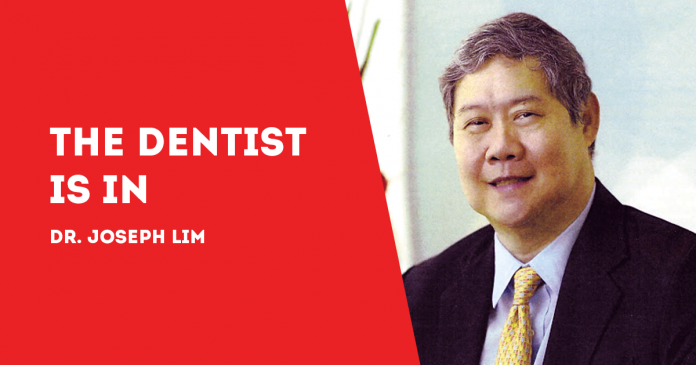
DR. ANNA Peterson is a dentist in London who is a fan of TikTok.
TikTok is a video-sharing social media platform where just about anybody can upload short videos to showcase their talent in dance, songs, comedy and what have you.
Otherwise known as Douyin owned by China’s ByteDance company, TikTok showcases videos lasting from fifteen seconds to three minutes.
Dr. Peterson has used TikTok in what has become a viral presentation of what’s wrong when brushing your teeth.
“Stop doing it,” Dr. Peterson told her 20,000 TikTok followers.
Her message: don’t use mouthwash to rinse your mouth right after brushing. “Using mouthwash after brushing your teeth is going to give you tooth decay,” Dr. Peterson says in a video clip that has been seen nearly three million times as of this writing.
She says that mouthwash has lower fluoride concentration than toothpaste, and thus inadequate to protect the teeth from sugars ingested after meals and drinks. The mouthwash just rinses the beneficial fluoride away, say Dr. Peterson.
There’s nothing wrong with mouthwash, she says. Just don’t rinse your mouth with it right after brushing. Wait for about half an hour before doing so, she recommends.
She sends her message across via TikTok and it seems to work, judging by the numerous positive comments it has brought about.
Most toothpaste sold here and in the United States contains fluoride, a mineral that is naturally found in soil and rocks.
The amount of fluoride in toothpaste is generally safe.
Fluoride is part of toothpaste because it helps brush away dental plaque, the biofilm or thin layer that forms on the teeth surface after eating sugary foods. Bacteria in plaque destroy the tooth enamel and cause tooth decay in a process that may lead to the formation of cavities.
Fluoride is added to the drinking water systems in the United States and other countries, but not in the Philippines. Fluoride in drinking water may reduce tooth decay by at least 25 percent.
Water fluoridation is one of 10 great public health achievements of the 20th century, if you ask the U.S. Centers for Disease Control and Prevention (CDC).
The reason is that water fluoridation has led to the significant decrease in cavities in the United States since the 1960s.
Fluoride also prevents demineralization when bacteria and sugars form acid that erodes the tooth. In fact, fluoride encourages remineralization that forms calcium and phosphate ions to create acid resistant surface on the teeth.
A word of caution. So much fluoride may cause dental fluorosis when the tooth enamel turns white or maybe spotted brown.
It is usually observed in among children who may swallow toothpaste at a time when teeth formation occurs: before the age of 8.
Fluorosis is usually mild. Dark spots and pits in the teeth may occur in moderate to severe cases are rare. At any rate, the chances that children swallow toothpaste and get too much fluoride are low.
Still, parents are advised to supervise children under 6 years old, and to discourage them from swallowing toothpaste. When children are aged 3 to 6, the amount of toothpaste used should be about the size of a green pea. Under 2 years old, parents should consult a dentist, although toothpaste as small as a rice grain should be okay.
The American Dental Association considers fluoride safe, in toothpaste and in drinking water.
***
Dr. Joseph D. Lim is the former Associate Dean of the UE College of Dentistry, former Dean of the College of Dentistry, National University, past president and honorary fellow of the Asian Oral Implant Academy, and honorary fellow of the Japan College of Oral Implantologists and Honorary Life Member of Thai Association of Dental Implantology. For questions on dental health, e-mail jdlim2008@gmail.com or text 0917-8591515./PN

